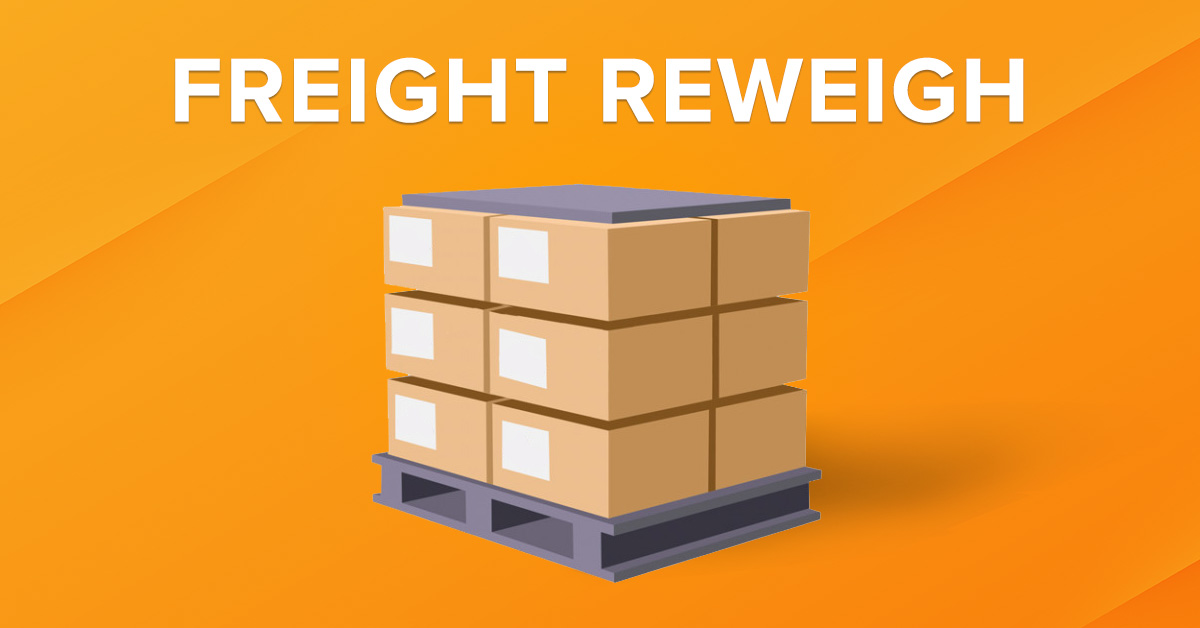Freight reweigh for express shipments
Freight reweigh issues are quite common for shipments from China. The thing is that volume weight of a shipment often increases after the forwarder receives and remeasures the boxes.
This is especially likely for express deliveries by DHL, UPS or Fedex.
What are the reasons?
A Chinese forwarder is himself a customer or a partner of DHL, FEDEX or UPS. Invoicing in these global courier companies is a fully automated process and each shipment goes through “Cargo Scan” equipment. It is designed to measure the widest part of each side of the boxes. If the boxes get a bit pressed or deformed after leaving the forwarder’s warehouse, the “widest part” might really increase for the “cargo scan” robot. The carrier company uses this data to charge the forwarder for transportation.
In order to level out these volume weight discrepancies and to ensure an adequate level of marginality for each shipment, the forwarder not only rounds the measurements up (which is normal), but sometimes slightly distorts them, “adding” 1 or 2 centimeters.
This is why dimensions and weight measurement of the cartons is an important part of any QC inspection. This data can be used to protect Amazon seller`s interests in communication with the logistics company to avoid additional shipping costs.
The most convenient and reliable option is to let one professional company handle both the inspection and the delivery. It would be able to control the whole process and provide full assistance in solving any possible issues during transportation.
Physical vs. Volumetric vs. Chargeable Weight
What is chargeable weight?
There are usually 3 ways for a forwarder to provide quotation for goods delivery, depending on the logistics product (Delivery method).
- Cost per Kilo of Physical Weight (express, airfreight).
- Cost per Kilo of Volumetric Weight (express, airfreight).
- Cost per Cubic Meter (Sea\Road Freight) FCL, LCL FTL, LTL.
Formula for calculating volumetric weight:
(Length *height* width (cm)) / 5000 *number of cartons (in case express carriers are used at any transportation stage, like Fedex, DHL, UPS).
(Length *height* width (cm)) / 6000 *number of cartons (in case express carriers are not involved in transportation).
Formula for calculating cubic content for sea freight:
(Length *height* width) *number of cartons = total number of cubic meters.
Physical and Volume weight can both be chargeable, depending on which of the two is higher.


